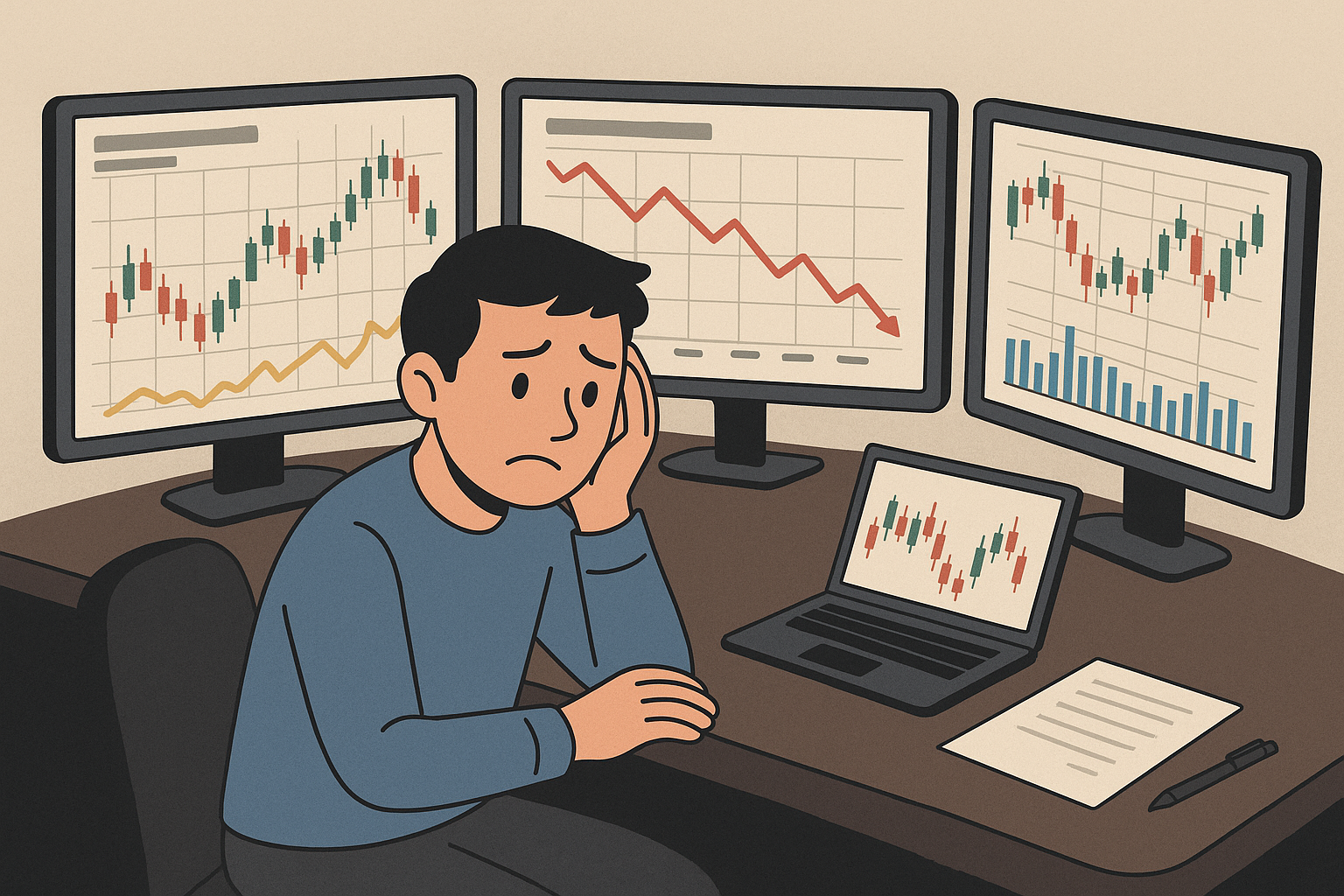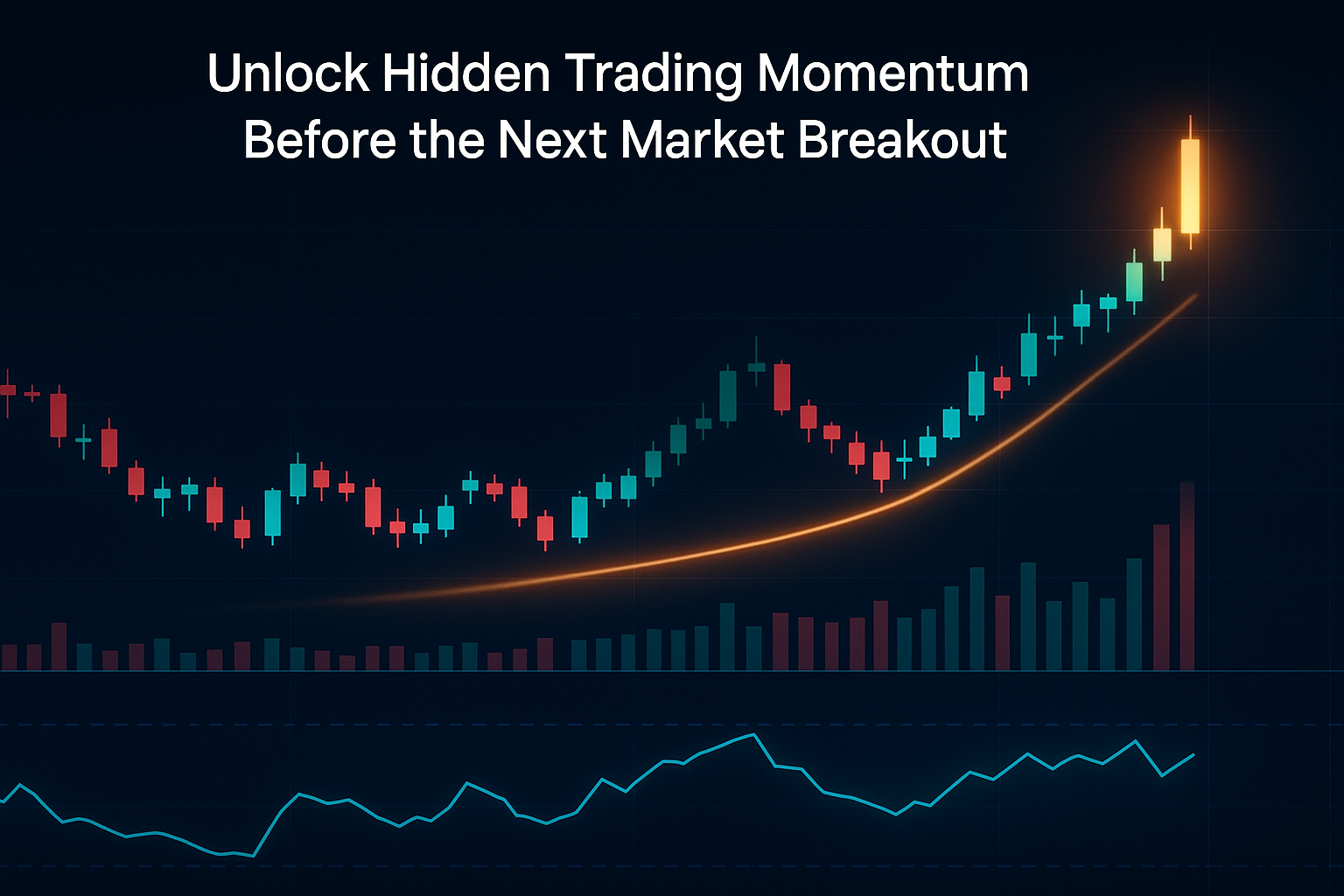- Simplicity builds clarity, confidence, and consistency.
- Complex systems create confusion and hesitation.
- The real edge comes from discipline, not prediction.
- Simpler methods adapt faster to market change.
- Focus on execution and review, not perfection.
Introduction — The Hidden Power of Simplicity
Traders often assume that complexity equals skill. They add more indicators, test more signals, and analyze more data. However, simplicity is what gives traders their true edge.
When your charts are clean, your thinking becomes clear. You make faster, calmer decisions because there’s less noise competing for attention. A simple approach doesn’t limit you — it frees you.
In fact, successful traders tend to master a few setups instead of chasing dozens. They trust structure, repetition, and focus. The market rewards clarity, not clutter.
The Basics — Why Complexity Feels Comfortable
Complexity feels safe, especially when you’re new. More tools make you believe you’re reducing risk. Yet in reality, you’re often just creating confusion.
For instance, one indicator may say “buy” while another flashes “sell.” That’s when hesitation creeps in, Instead of trading, you start overthinking.
Simplicity helps break that cycle. A clear chart and a defined rule set encourage faster, more confident actions.
- You know what to look for.
- You understand why you’re entering.
- You react instead of guessing.
As Bruce Kovner once said:
“The key to trading success is emotional discipline. If intelligence were the key, there would be a lot more people making money.”
Therefore, simplicity isn’t about doing less. It’s about doing what matters most.
The Why & How — How Simplicity Builds an Edge
Simple systems outperform complex ones for several reasons. They reduce stress, adapt quickly, and allow you to learn faster.
1. They Reduce Emotional Noise
When too many signals appear, your brain freezes. You wait, you doubt, and you miss trades. However, a simple setup removes that conflict. As a result, your focus stays sharp, and your decisions become quicker.
2. They’re Easier to Improve
If your plan has two main rules, you can easily test them. In contrast, ten rules create uncertainty. You never know which part is helping or hurting your results. Therefore, simplicity allows honest evaluation.
3. They Survive Market Change
Complex systems depend on perfect conditions. Yet, markets rarely behave perfectly. A simple rule — like following price and trend — works across different environments because it mirrors human behavior.
4. They Save Energy
Trading drains mental energy. Therefore, reducing your inputs means you can spend more effort where it counts — managing risk and reviewing results.
For example, rather than analyzing twenty charts filled with indicators, focus on one clean setup, such as a high-volume breakout. You’ll respond faster and trade with more confidence.

The Deeper Read — Why Complexity Hurts Consistency
Difficult trading doesn’t just slow you down. It also weakens your confidence.
1. Complexity Hides Bias
Every added rule gives you a reason to bend results. You start curve-fitting — adjusting data until the backtest looks good. However, once live trading starts, reality breaks that illusion.
2. Simplicity Reflects Market Psychology
Markets move because of people. Emotions like fear and greed repeat every day. Therefore, patterns such as breakouts, ranges, and reversals continue to appear. A simple strategy recognizes these behaviors instead of fighting them.
The Turtle Traders proved this decades ago. Their process used only a few clear rules, yet it worked consistently because it followed behavior, not theory.
3. Consistency Creates the Edge
Your trading edge doesn’t come from complex systems. It comes from consistent execution. Because you can follow a simple plan under stress, you stay disciplined. As a result, you build confidence and reliability.
Paul Tudor Jones summarized it perfectly: “The secret to being successful is being an incredibly boring trader.”
In short, simple isn’t boring — it’s powerful.
Example — Simple vs. Complex
| Trader | Strategy | Tools | Execution | Result |
|---|---|---|---|---|
| A (Complex) | 12-rule system | RSI, MACD, EMA, Fibonacci | Hesitant | Inconsistent |
| B (Simple) | Price + trend + stop-loss | 2 tools | Calm, decisive | Consistent |
Trader A keeps adjusting and doubting. Trader B follows the plan. Over time, B’s results compound because simplicity builds trust.
Common Mistakes
- Over-Optimization: Constantly tweaking for perfection, which rarely exists.
- Indicator Overload: Adding tools to feel safer instead of being clearer.
- System Hopping: Changing approaches before testing them long enough.
- Ignoring Risk: Mistaking simplicity for carelessness — they’re not the same.
Mini-Checklist — Build Your Simple Edge
- Choose one clean setup (breakout, trend, or pullback).
- Use a maximum of three confirming tools.
- Focus on execution, not prediction.
- Test your system for several months before judging it.
- Review trades weekly and adjust slowly.
- Remove tools that don’t add value or clarity.
Conclusion — Simplicity Is Strength
Simplicity doesn’t limit you; it empowers you. Complex systems often collapse because they rely on too many variables. Simple ones endure because they rely on discipline and clarity. Your true edge lies in focus. When you act consistently, you remove hesitation and emotion.
So, simplify your tools, clarify your process, and repeat what works. Over time, you’ll see that simplicity isn’t just easier — it’s stronger.
External Sources
- “Trading Physiology” — https://www.investopedia.com
- “The Turtle Traders” — Michael Cove
FAQ
Q1. Why do traders overcomplicate strategies?
Because complexity feels safer, even when it adds confusion.
Q2. Can simple systems still work today?
Yes. Markets evolve, but human emotion remains constant.
Q3. How can I simplify my system?
Remove overlapping tools. Focus on one structure and manage risk clearly.
Q4. Does simplicity limit automation?
Not at all. In fact, automation works best with simple, logical setups.
Disclaimer
ChartsWyn provides educational content only; this is not financial advice. Always research before making investment decisions.



